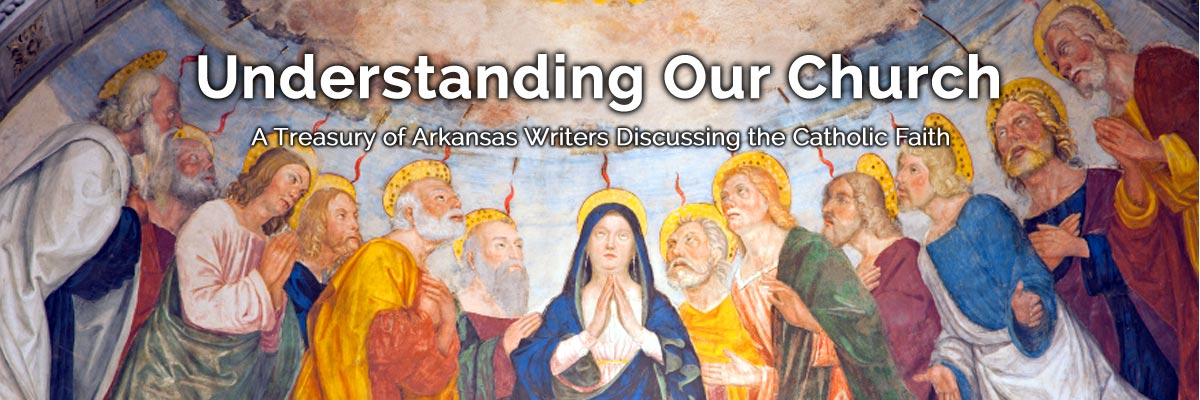Official Website of the
Catholic Diocese of Little Rock
Ordinary time gives faithful chance to get to know Jesus
Published: November 17, 2016
By Paula Standridge
St. John the Baptist Church, Hot Springs
One of the countless treasures of our Catholic faith and tradition is the ordering of time and liturgical seasons.
Our liturgical year is made up of six seasons: Advent (begins liturgical year; starts Nov. 27 this year), Christmas, Lent, the sacred Paschal Triduum, Easter and ordinary time.
By nature of the name alone ordinary time might seem to be a boring, mundane, nothing-else-to-celebrate kind of time. But this is far from the truth. In the Catholic liturgy all time is ordered and important.
The Holy Mother Church in her wisdom has ordered these quieter times of ordinary time between the high seasons of Advent and Lent to give us the ebb and flow, like a beautiful piece of music that has soft, peaceful, calming portions between the crescendos and high notes that make our hearts beat fast.
In fact, the root of the English word "ordinary" is the Latin word "ordinalis," which refers to numbers in a series. The Latin word "ordo" is where we get the English word "order."
As a result the numbered weeks of ordinary time in fact represent the ordered life of the Church — the period in which we live our lives neither in feasting (as in the Christmas and Easter seasons) or in penances (as in Advent and Lent), but in watchfulness and expectation of the second coming of Christ.
Ordinary time is actually divided into two sections: One span of four to eight weeks after Christmas Time and another lasting about six months after Easter Time. Ordinary time is when we hear about Jesus' teachings and miracles, his life with his disciples. This is the time when we hear beloved stories and well-known parables. This is the time that we "get to know" him.
The liturgical year in a sense mimics our own lives. We are not constantly in a state of feasting and celebrating (weddings, birthdays, vacations) or in mourning (illnesses, deaths, negative life events). We spend the majority of our days just living life. These days are actually when we grow and mature and get to know each other and ourselves.
The liturgical color for ordinary time is green, which has traditionally been associated with new life and growth. Even in Hebrew in the Old Testament, the same word for the color "green" also means "young." In Christian tradition, green came to symbolize the life of the Church following Pentecost, as well as symbolizing the hope of new life in the resurrection.
The Holy Mother Church in her wisdom has ordered these quieter times of ordinary time between the high seasons of Advent and Lent to give us the ebb and flow, like a beautiful piece of music that has soft, peaceful, calming portions between the crescendos and high notes that make our hearts beat fast.
According to the U.S. Conference of Catholic Bishops, "ordinary time is a time for growth and maturation, a time in which the mystery of Christ is called to penetrate ever more deeply into history until all things are finally caught up in Christ. The goal, toward which all of history is directed, is represented by the final Sunday in Ordinary Time, the Solemnity of Our Lord Jesus Christ, King of the Universe."
The feast of Christ the King is Sunday, Nov. 20, the end of ordinary time for this year. As we close out our year, let us be thankful for our ordinary time and the opportunity that we had to learn about Jesus and his ministry and to walk with him as he taught us about the kingdom of God.
Only through this ordinary time can we be made ready to accompany him through his death and resurrection and await his final coming.




